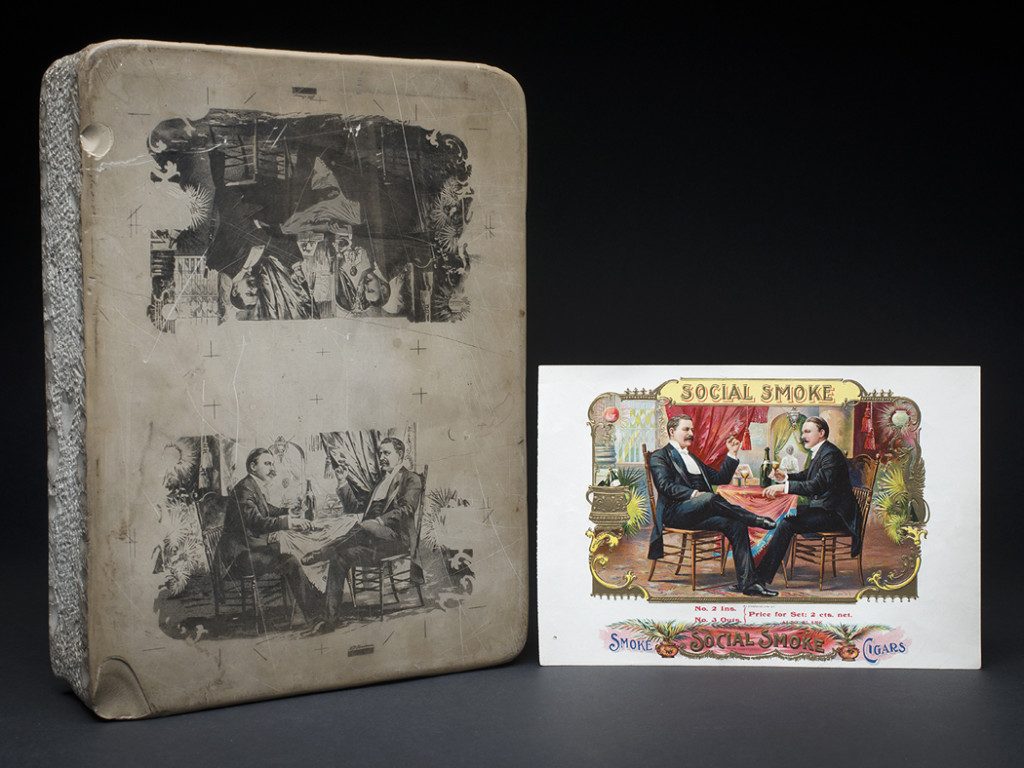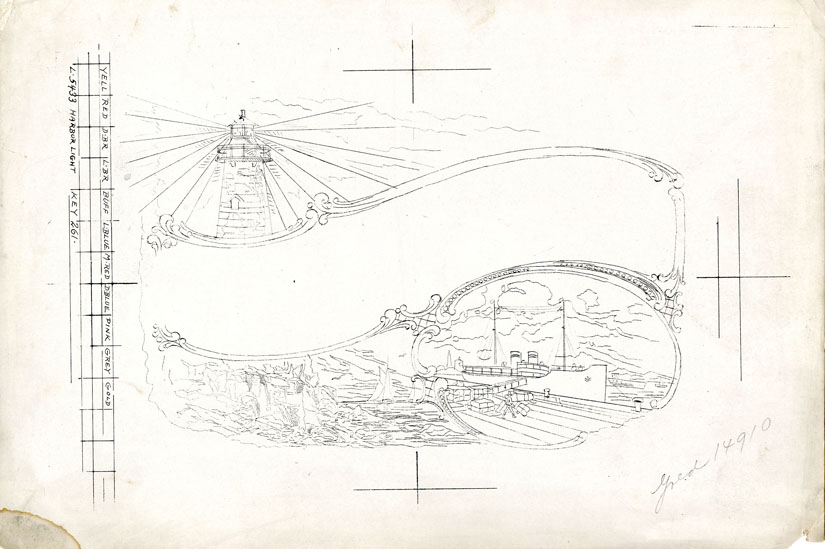WHAT IS CHROMOLITHOGRAPHY?
Chromolithography is the process of colour printing using limestone and various chemicals. It evolved from lithography, where the prints were only black ink on paper and all colour had to be added afterwards by hand. Chromolithography printing was considered “the democracy of art” as it was able to provide beautiful colour printing for the middle-class at an affordable price.
WHY WAS CHROMOLITHOGRAPHY POPULAR?
Chromolithography layered colours to create depth that looked exactly like oil paintings to the untrained eye. This made the use of chromolithography great for the replication of oil paintings and the printing of artwork. It was also the main printing method to make the posters during World War I. Advertising, books, and newsprint used the chromolithographs to speed up the colouring process, as they no longer had to have people hand-paint each image. The use of limestone also meant that printing blocks didn’t need to be replaced as they did not wear down or lose detail, so companies could save on money in that way.
THE PROCESS OF CHROMOLITHOLOGY
- Keyline drawing is approved and registered for printing
- Drawings are applied to limestone slab using grease-based crayons or ink
- The drawing is covered with gum arabic and a weak nitric solution to desensitize the surface and preserve the drawing
- Drawing is inked with oil-based transfer or ink
- The drawing is pressed into paper using a flat-bed press
- Repeat with each different colour needed for the image on the same paper, closely following the registration so colours are not off
- Fading or blending of colours would be edited with airbrushing if needed
WHY DID CHROMOLITHOLOGY FADE OUT?
After the invention of chromolithography and its use had spread though out the printing industry, more business-oriented companies began mass producing colour prints of extremely poor quality. This brought down the price of chromolithographs overall, as so many of them were being printed. This meant that artists who used the chromolithographs to create their detailed prints with deep colours were unable to sell their prints or to keep up with the market. Chromolithography, while resulting in beautiful prints, could not keep up with the demand and was slowly replaced by new printing methods and is only used by artisans.
Sources:
- http://museumblog.winterthur.org/2014/01/16/chromolithography-the-art-of-the-stone/
- https://www.pbs.org/wgbh/roadshow/tips/chromolithography.html
- https://americanantiquarian.org/prang/whatisachromo
- https://web.archive.org/web/20060721170122/http://exhibitions.library.temple.edu/ww1/chromo_essay.htm
- https://blog.bookstellyouwhy.com/vlog-four-videos-on-the-art-of-chromolithography




